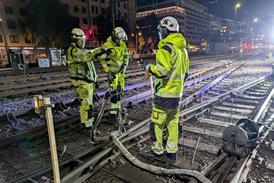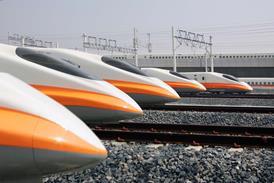Cities will drive the decarbonisation of transport
By Metro Report International and Andrew Barr Chief Executive Officer Hitachi Rail Group2021-08-04T10:38:00

Providing more and better transport from the passenger’s perspective through initiatives such as Mobility as a Service will help to decarbonise the urban environment as well as reducing congestion, believes Hitachi Rail CEO Andrew Barr.
Already have an account? LOG IN
To continue…
You’ve reached your limit of content for the month
Get enhanced access to Railway Gazette news and weekly newsletters.

For almost 200 years, the Railway Gazette Group has been the leading provider of news, analysis and intelligence for the international railway industry. Our independent and authoritative content is read by operators, regulators and the supply industry in over 140 countries using a variety of tailored subscription packages.
Site powered by Webvision Cloud



